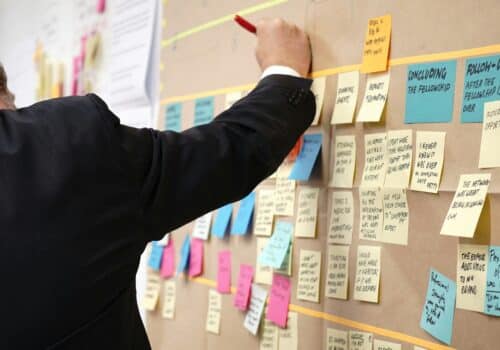ERP Readiness: The 5 Parts of Technology Readiness
Over the last two months, we’ve focused on how you determine your organization’s readiness for a big change initiative; specifically, implementing a new Enterprise Resource Planning system (or upgrading an existing one). We spent some time assessing an organization’s people readiness and process readiness. In this post we turn our attention to technology readiness.
There are five components to determining technology readiness. We’ll introduce them all in this post with a brief description of each and then in subsequent posts we’ll dig a little more deeply into each component.
- Backbone selection and configuration
- Hardware selection and configuration
- Facilities preparation
- Maintenance planning, and
- Disaster recovery and business continuity planning.
Backbone selection and configuration
The major consideration with backbone selection is deciding where you’re going to install your ERP system. Are you installing your system on-premise or in the cloud? Are you installing a hybrid system? How are your people going to access your ERP system? All of these questions, and more, will determine how you select and configure your backbone.
Hardware selection and configuration

Facilities preparation
Once the backbone and hardware have been selected, the next step is to prepare your facility for the installation of computers, servers, routers, network cables, wireless hotspots, and the like. Creating a network map and stress testing the network are important steps here.
Maintenance planning
Having a well-documented maintenance plan is crucial to keeping your network, and the solutions on your network, running and available to your employees. A robust backup plan is the cornerstone to any maintenance plan, and testing backups to ensure that needed data and applications really are being backed up is a must.
Disaster recovery and business continuity planning
Having a disaster recovery and business continuity plans answer the question what happens if the worst happens? Are you ready for a natural disaster or other disruptive event?
As we’ll see in upcoming posts, while each of these components of technology readiness are distinct and have unique properties, they are also inter-connected. Changing parts of one component could affect the other four, and each component must be thoroughly examined to determine your organization’s ERP readiness.
Would you like help determining your organization’s ERP readiness? Give is a call.
————————-
Photo by timothy muza on Unsplash
ERP Readiness Self-Assessment
Is your organization ready for a new or upgraded ERP solution? Find out with this complimentary self-assessment.
Doing Business Better
You strive for excellence, believe in your people, and want to do things right the first time. And you know that you need help to get to the heart of your business challenges and make the best choices for the future of your privately held manufacturing and distribution company. That’s where we come in.
We help you focus and find exactly the right path to accelerated growth and sustainable success — from your people to your processes to your ERP software.



